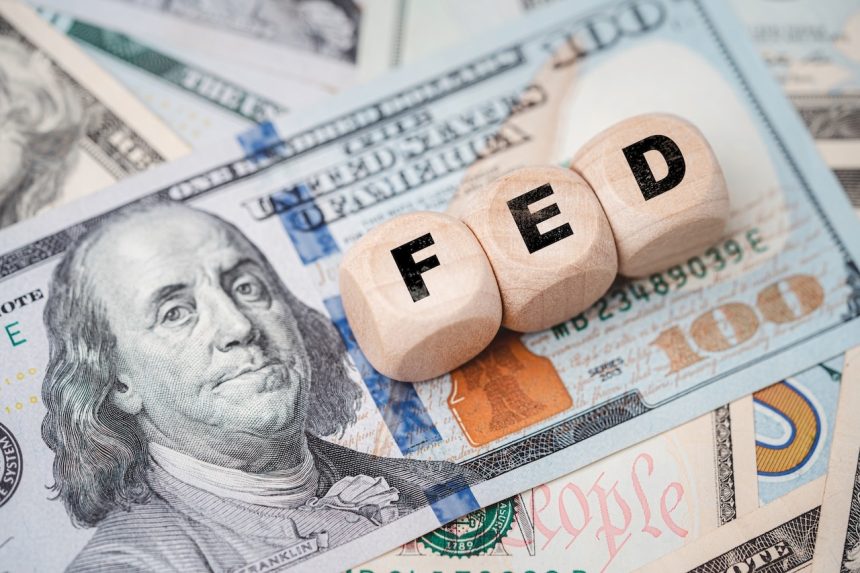Credit Sesame on how employment growth impacts Fed decisions, at least in the short term.
The latest US employment numbers showed continued robust growth. That may have clinched the Fed’s decision about interest rates in its mid-March meeting.
However, while the recent data saves the Fed from agonizing over whether to favor fighting inflation over fostering job growth, those decisions could get tougher as the year progresses.
For now, though, consumers shouldn’t expect the Fed to take immediate action to ease credit card rates. Improving your credit score remains the most likely way to earn a lower credit card rate.
Above-average job growth for February
February’s Employment Situation Report from the Bureau of Labor Statistics showed that the US economy added a net 275,000 new jobs during the month. With 38 straight months of job growth and counting, the economy remains on a roll.
Even by recent standards, February 2024 was a good month. The 275,000 new jobs exceeded the monthly average of 230,000 over the past year.
Job growth isn’t the only measure of economic strength, but it matters a great deal to consumers. Continued job growth keeps the number of unemployed at a minimum. Strong labor demand also helps fuel faster wage growth for people who are already working.
Inflation remains the more urgent concern
This impacts the Fed’s decisions on interest rates because employment is one of the two main priorities driving monetary policy. The other is keeping inflation at a moderate level.
These priorities can conflict. Low interest rates help stimulate spending and investment and thus promote job growth. On the other hand, reining in high inflation can require raising interest rates.
The latest evidence suggests employment needn’t be an urgent worry for the Fed. Not only has job growth been consistently strong for the past three years, but the unemployment rate is well below its historical average. As of February, the unemployment rate was 3.9%. Over the past 50 years, it has averaged 6.2%.
While the job market has been well-behaved, inflation has been more of a problem child in recent years. Reopening after the pandemic sent inflation rates worldwide soaring, and the US was no exception.
The year-over-year inflation rate peaked at 9% in mid-2022. It has since dropped to just over 3%. That’s an improvement, but it’s still well above the Fed’s target of 2%. The core inflation rate is even higher, at 3.9%. Both overall and core inflation perked up in January.
So, for now, inflation appears to be a more pressing problem than the job market. That should ease any urgency the Fed feels about when to start cutting rates.
Signs that labor demand is softening
While conditions suggest the Fed can hold off on cutting rates for now, there are signs that the labor market is weakening a little.
The number of job openings peaked at over 12 million in March of 2022. At that point, there were two job openings for every person seeking work. This labor shortage created inflationary wage pressure.
Since then, though, the number of job openings has fallen steadily and is now below 9 million. The unemployment rate, though still low by historical standards, has increased slightly over the past year.
This suggests that while the economy is not yet losing jobs, it is having a harder time absorbing new entrants into the job market. Perhaps later in the year, this might create more urgency for the Fed to start cutting rates.
Chances of a first-half rate cut are dwindling
In December 2023, the Fed forecast it would cut rates by 0.8% this year. At the time, market optimists speculated that these rate cuts would occur early in the new year and might prove to be steeper than the Fed was forecasting.
Now, the stubbornness of inflation and the strength of the job market seem to have diminished any chance of the Fed cutting rates in the first quarter of 2024. That leaves just two more Fed meetings before mid-year.
Unless inflation slows drastically – or the job market suddenly shows signs of significant distress – the likelihood of rate cuts in the first half of 2024 seems to be dimming.
Consumers hoping for lower credit card rates would do better to focus their attention on improving their credit scores. Credit cards for poor credit customers charge substantially higher rates than credit cards for excellent credit customers. Improving your credit score could earn you a better rate.
Certainly, building credit can take time. However, economic conditions suggest it might take even longer before the Fed starts cutting rates.
If you enjoyed Employment growth may make the Fed’s job easier, you may like,
Disclaimer: The article and information provided here are for informational purposes only and are not intended as a substitute for professional advice.
Read the full article here
















